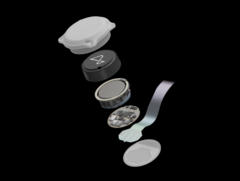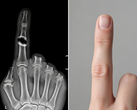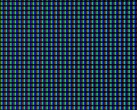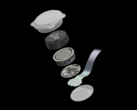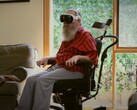Starfish Neuroscience has disclosed early specifications for a brain-computer interface (BCI) chip designed to shrink implant footprints while slashing power demand. The 2 x 4 mm device, fabricated on TSMC’s 55 nm node, targets fully wireless, battery-free operation and is intended to serve as the centerpiece of a new class of minimally invasive, distributed neural interfaces.
Clinical and research interest is shifting toward circuit-level treatments needing access to several brain regions simultaneously. Conventional implants struggle here: most focus on a single site and rely on milliwatt-level consumption, sizeable hermetic packages, and tethered power sources. Starfish argues that such bulk, bandwidth, and surgical overhead block broader therapeutic use.
The in-house chip addresses those constraints on two fronts. First, the total power draw during normal recording is rated at 1.1 milliwatts—roughly one-sixth of the consumption reported for Neuralink’s N1. Second, its footprint is limited by a 0.3 mm-pitch BGA that fits within 8 mm². Despite those limits, the device supports 32 electrode sites, 16 simultaneous recording channels sampling at 18.75 kHz, onboard spike detection, impedance checks, and a current driver for biphasic stimulation pulses.
Digital preprocessing on the die means only low-bandwidth wireless links are needed to stream relevant data, easing integration with external microcontrollers and helping Starfish pursue a battery-free, inductively powered package. The company also develops complementary low-power telemetry electronics to move energy and data across tissue. imec, known for miniaturized neural hardware, collaborated on the silicon design, reinforcing the project’s focus on size and efficiency.
The first silicon is scheduled to ship in late 2025, and Starfish is actively seeking partners working on wireless power delivery, communication protocols, or custom implant form factors. Co-founder Gabe Newell’s long-standing interest in BCIs hints at eventual crossover into human-computer interaction beyond medical therapy, though the near-term agenda remains clinical research.
Source(s)
Starfish (in English)




